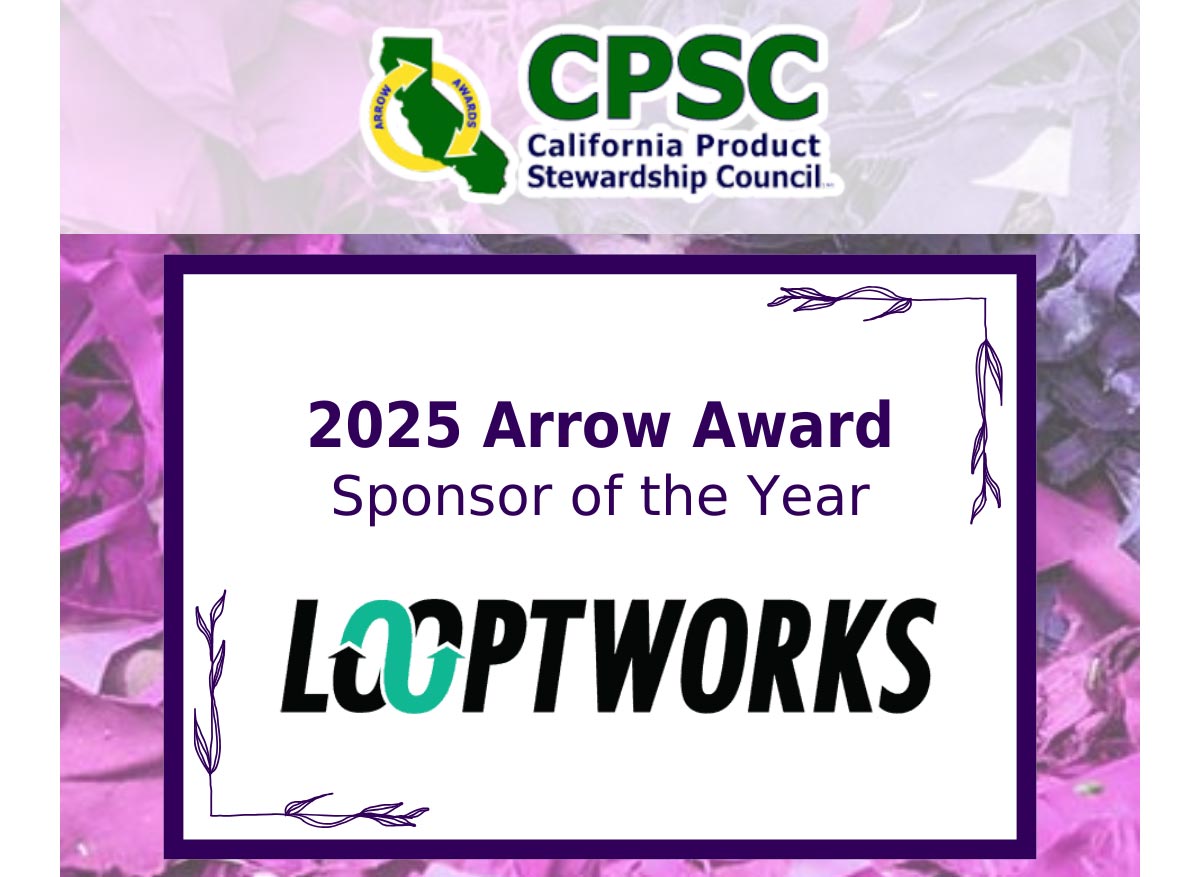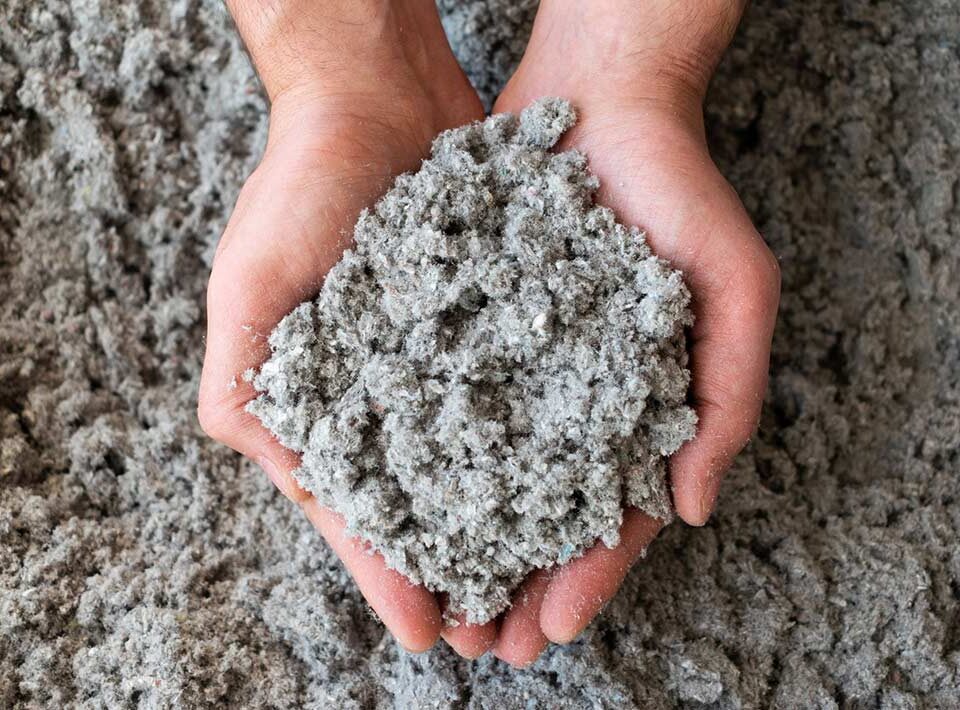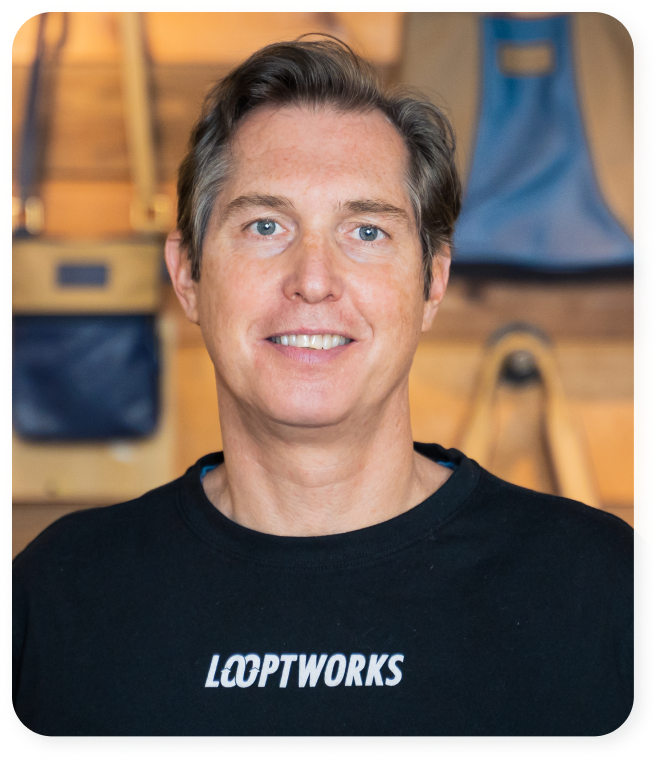

In recent years, the textile industry has made significant shifts toward sustainability and innovation. One of the key areas driving this transformation is the market for nonwoven textiles. These materials are produced by bonding or interlocking fibers through mechanical, thermal, or chemical processes instead of traditional weaving or knitting methods. Nonwovens are gaining traction in the industry due to their versatility, cost-effectiveness, and environmental benefits.
Last year, the capacity of nonwovens in North America reached 5.713 million tons, an increase from 2022 of over 230,000 tons, according to INDA’s North American Nonwovens Supply Report. What’s more, the nonwovens market is expected to grow from $14.85 billion in 2024 to $18.52 billion in 2028, according to The Business Research Company.
Alongside the growth of the nonwovens market is an increasing demand for downcycled materials, particularly those made from excess pre- and post-consumer textiles. These materials are used in a wide variety of applications, such as home insulation, carpet padding, concrete binding, and acoustic tiles.
Below, we’ll dive deeper into the dynamics of the nonwoven textile market and the industry’s growing interest in downcycled materials.
Unlike traditional woven fabrics, like the cotton used to make a t-shirt, nonwoven materials do not require weaving or knitting, making them less labor-intensive and often more economical to produce. These textiles generally have three key advantages:
Where downcycling comes into play
First things first—what is downcycling exactly? It’s a process that involves breaking down textiles that are not high enough quality for fiber-to-fiber textile recycling into small fiber components via mechanical separation. Downcycling is crucial for keeping textile waste out of landfills and keeping textiles in use for as long as possible. Downcycled materials from excess textiles are increasingly being used in unique applications across a variety of industries.
Downcycled textiles can also be used to make carpet padding, providing cushioning and extending the life of carpets. This application not only diverts waste from landfills but also offers an affordable alternative to traditional carpet padding materials.
Some downcycled material is used to make acoustic tiles, which are used in building interiors to reduce noise levels and improve sound quality. This application is valuable in offices, schools, and entertainment venues.
Lastly, downcycled fibers can be used as additives in concrete to enhance its strength and durability. These fibers help improve the mechanical properties of concrete, making it more resistant to cracking and increasing its lifespan.
The market for nonwoven materials is influenced by several factors that help explain why the industry is set to experience growth of nearly $1B a year over the next four years.
For starters, governments and regulatory bodies are increasingly enforcing environmental regulations that promote recycling and waste reduction. These regulations drive manufacturers to adopt sustainable practices, such as using downcycled materials to construct a new building.
Innovations in recycling technology are also making it easier and more cost-effective to downcycle textiles and nonwoven products. Advanced sorting and processing techniques, powered by robotics and AI, are improving the quality and usability of downcycled materials.
Finally, industry collaborations and partnerships play a significant role in promoting the use of downcycled materials. Companies are working together to develop new products and applications, leveraging each other’s expertise and resources.
While the market for nonwoven textiles holds a lot of promise, it also faces some key challenges. For example, ensuring downcycled materials meet the required quality and performance standards can be difficult. We know firsthand that manufacturers must invest in research and development to improve the properties of downcycled materials.
The cost of collecting, sorting, and processing excess textiles for downcycling can also be high. However, as technologies advance and economies of scale are achieved, these costs are expected to decrease.
Finally, convincing consumers and industries to adopt products made from downcycled materials can be challenging. Education and awareness campaigns are essential to promote the benefits of downcycled materials.
Despite these challenges, the market for downcycled textiles offers significant opportunities for manufacturers, such as a smaller environmental footprint, more innovative product designs, and an improved brand image.
Think your excess textiles are a good fit for downcycling? Let’s talk!
Contact Looptworks today to discuss how our downcycling solutions can help breathe new life into your company’s excess materials.
We’d love to hear from you!


Denine has over 20 years of experience driving new business opportunities for leading companies, including E.I. DuPont de Nemours & Company, Inc., The Dow Chemical Company, Outlast Technologies, and DST Systems. She holds a BS from the University of Pittsburgh and a Certification in Executive Management from the Kenan-Flagler School of Business at the University of North Carolina at Chapel Hill.

Tami is a senior accounting leader with over 16 years of experience in the manufacturing and textile industry. Her specialties include process development and implementation, mergers and acquisitions, job and project costing and analysis, and managing complex teams and technical projects. Tami has served as Chief Financial Officer and Controller for a variety of innovative companies, where her analytical skills and strategic mindset helped organizations create efficiencies in their financial systems.

Kelley is a passionate and strategically minded business development leader with more than two decades of experience in the sporting goods apparel industry. He has experience in product construction, league partnerships, retail relationships, supply chain management, sustainability, circularity, and carbon footprint management. Kelley builds successful partnerships by putting the customer first while simultaneously advancing his organization’s business objectives.

Suzy is a product leader and operations expert with more than 25 years of experience in the textile industry. She is passionate about finding creative solutions to complex problems and motivating people to action through vision, strategy, collaboration, and communication. Suzy has proven expertise in product development, sustainability, marketing, supply chains, and innovating processes and best practices to drive results.

Scott is a visionary leader with more than 32 years of experience in strategic branding, innovative product creation, supply chain sustainability, and sales and marketing for global organizations. He founded Looptworks in 2009 as an industry solution for turning excess materials into upcycled consumer products. In 2022, Scott transitioned the company to a B2B business model focused on eliminating global textile waste through closed-loop solutions.

Scott is a visionary leader with more than 32 years of experience in strategic branding, innovative product creation, supply chain sustainability, and sales and marketing for global organizations. He founded Looptworks in 2009 as an industry solution for turning excess materials into upcycled consumer products. In 2022, Scott transitioned the company to a B2B business model focused on eliminating global textile waste through closed-loop solutions.